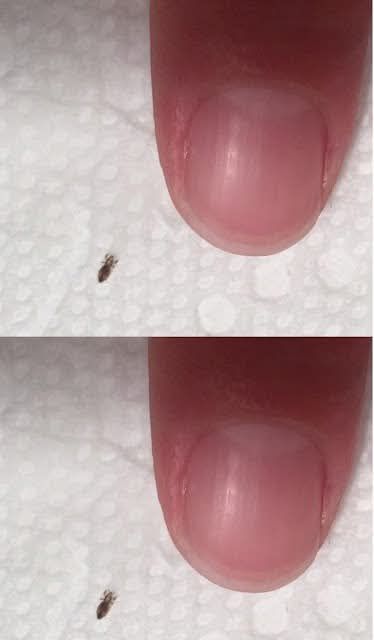ADVERTISEMENT
How to Get Rid of Head Lice and Prevent Them from Coming Back
Head lice can be an incredibly frustrating and uncomfortable problem, especially for parents trying to keep their children free from these tiny, troublesome parasites. While head lice are not a sign of poor hygiene and are generally harmless, they can be highly contagious and cause itching, discomfort, and frustration. The good news is that with the right steps, you can effectively get rid of head lice and take measures to prevent them from returning.
Here’s a comprehensive guide on how to get rid of head lice and keep them from coming back.
Understanding Head Lice
Before diving into the solution, it’s important to understand what head lice are and how they spread.
- What Are Head Lice?
Head lice are small, wingless insects that live on the scalp and hair. They feed on blood by attaching to the scalp, causing itching and irritation. Their eggs (called nits) attach firmly to hair shafts, making them difficult to remove. - How Do Head Lice Spread?
Head lice spread through direct head-to-head contact, as lice do not jump or fly. This is why children in school or daycare are often more susceptible to getting lice. Sharing hats, combs, or brushes can also increase the risk.
Step 1: Treatment to Get Rid of Head Lice
There are several methods for treating head lice, ranging from over-the-counter medications to natural remedies. Here’s a look at some of the most effective options:
Over-the-Counter Medications
- Pediculicide Shampoos
These are the most commonly used treatments and are available at most pharmacies. Pediculicides contain chemicals like permethrin or pyrethrins that kill lice. To use, follow the instructions carefully and repeat the treatment after 7 to 10 days to ensure any newly hatched lice are eliminated. - Lice Removal Combs
After applying a pediculicide shampoo, use a fine-toothed lice comb to remove both lice and nits from the hair. Comb the hair in small sections and clean the comb frequently during the process. This will help ensure that any remaining lice or nits are physically removed. - Prescription Medications
If over-the-counter treatments don’t work or lice become resistant, your healthcare provider may prescribe stronger medications, such as malathion or benzyl alcohol lotion.
Natural Remedies
While natural remedies can be helpful for some, they are generally less effective than commercial treatments. However, they may be a good option for those looking for a more holistic approach.
- Tea Tree Oil
Tea tree oil is believed to have insecticidal properties. Some people use a diluted mixture of tea tree oil and a carrier oil (like coconut oil) to treat lice. However, there’s limited scientific evidence to support its effectiveness, and it may not work for everyone. - Olive Oil or Coconut Oil
These oils are often used to suffocate lice by covering the insects and their eggs. Apply the oil to the hair and leave it for several hours or overnight before combing through the hair with a lice comb to remove the lice. - Vinegar
